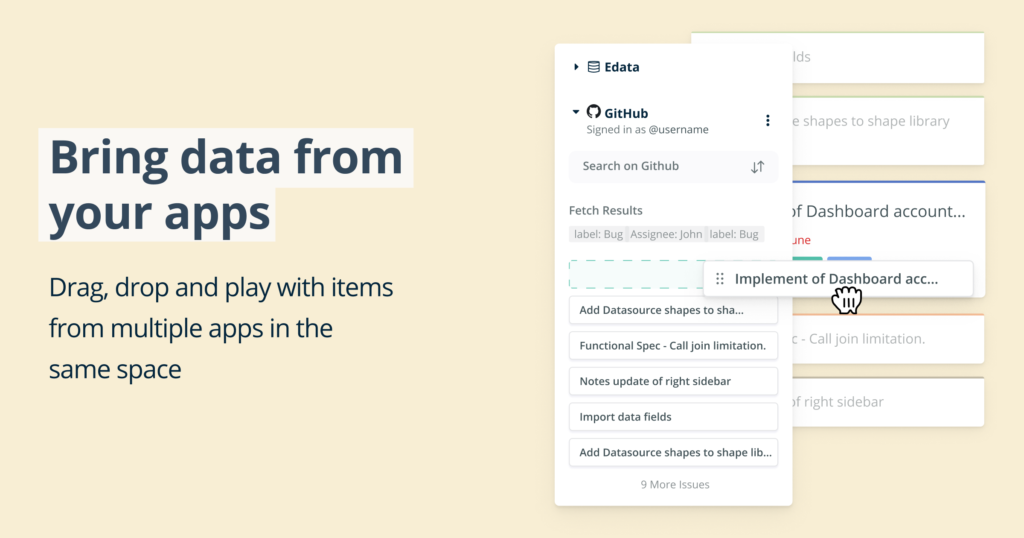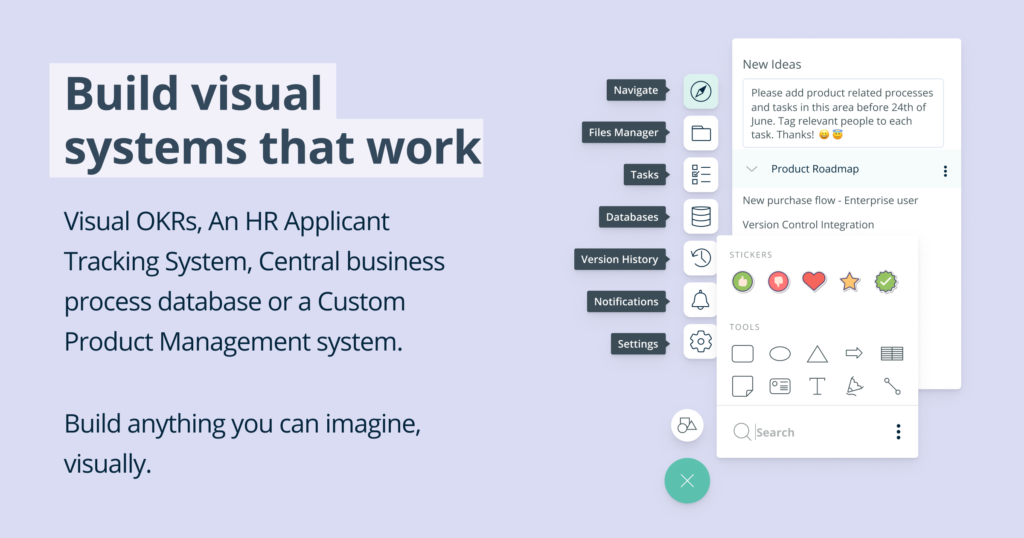Business Process Modelling 101 | How to draw Process Map?
There are a lot of different Business Analysis Techniques in the Business Analysts toolkit but one of the most important business analysis techniques that every Business Analyst must be able to apply is the Business Process Model.
You do not have to be an expert in a specific Business Process Modelling notation to be able to be effectively modelling business processes however there are a few basic notational elements and concepts that you must understand before you start. This article will help you get started with Business Process Modelling by looking at these very basic concepts and use an example for you to refer to.
What is Business Process Modelling?
From a simplistic point of view the Business Analysis Technique of Business Process modelling concerns itself with illustrating in a visual way the sequential flow of information through business processes (activities or tasks) performed by groups within an organisation.
 The Business Analyst’s task is often to create a Business Process Model for a particular logical business process group. An example of this might be: The business process model for Payroll Cycle of an organisation or the Call Centre Call Handling Processes.
The Business Analyst’s task is often to create a Business Process Model for a particular logical business process group. An example of this might be: The business process model for Payroll Cycle of an organisation or the Call Centre Call Handling Processes.
How do you draw a Business Process Model?
First of all you need to look at some of the key notations of Business Process Modelling and identify the following basic symbols that are used for the Business Process Notation your organisation uses or the Business Process Notation that you feel most comfortable with. You can draw a very basic business process model by using the symbols for the following concepts:
Starting Point:
Each Business Process Model must have one starting point symbol. This symbol is like the “start here” sign on your business process model. Show this symbol in the top right hand side of your business process model.
Process:
As you would expect each Business Process model will consist of approximately 7 to 9 process symbols (which you can see as “steps in the process” to help you define what they are). These processes are often shown in a rectangle style symbol. If you find that you have many more than the suggested 7 to 9 processes on your business process model you should consider whether you are perhaps trying to illustrate too much on one business process model and break your model into smaller business processes. Remember that you can always start by creating a high level or conceptual level business process model and then delve into each high level business process by creating a business process model for each process at the next level of detail. Remember that each business process symbol on your business process model should at least have one information flow arrow flowing into the process and have at least one information flow arrow flowing out of the process symbol on your map.
Information flow:
All the symbols of the business process model are connected with arrow symbols, which depicts the direction of information flow between the business processes or tasks.
Decision point:
As you follow the business process that you are illustrating you will soon start identifying parts of the process where there is a decision that is required before you know how to proceed. The symbol for a decision point is always shown as a diamond shape on most business process modelling notations. You should always only allow two possible outcomes for each decision symbol even if this means that you may need to flow into a next decision point right after you made a decision. See the example business process model attached for an example of how this could be done when there is more than one decision required at almost the same time in the overall business process.
End Point:
You will soon also see that a business process can have more than one outcome and therefore the business process model can have more than one end point. You must ensure that your business process model have at least one end point symbol and all information flows should either flow into a process symbol, decision point or an end point as a general rule on your Business Process model.
Roles:
Finally, the last main concept for you to understand when you draw your first Business Process model is the concept of illustrating in a structured way that different role types within the organisation is performing different parts of your business process. An example of this would be that in the context of restaurant business process, the chef will be a role in the business process and all “cooking of food” type processes will be shown against his role and the waiter would be another role in the restaurant business process where you would show all “serving food to customer” against the role of the waiter. The symbols used to show different roles on the business process model is referred to as “swim lanes” which can either run diagonally across or vertically across the business process model depending on how you prefer to draw your business process model. The best way for you to understand how this works is to have a look at the provided example business process model.
 In conclusion
In conclusion
These six concepts of Business Process Modelling are the fundamental concepts to understand and consequently apply using a Business Process Modelling notation of your choice. There are many variations and additional detailed business process symbols available to you when you explore different business process modelling notations but 99% of those symbols will be stemming from one of these fundamental six concepts discussed here. Good luck with creating your first Business Process Model as a Business Analyst.






